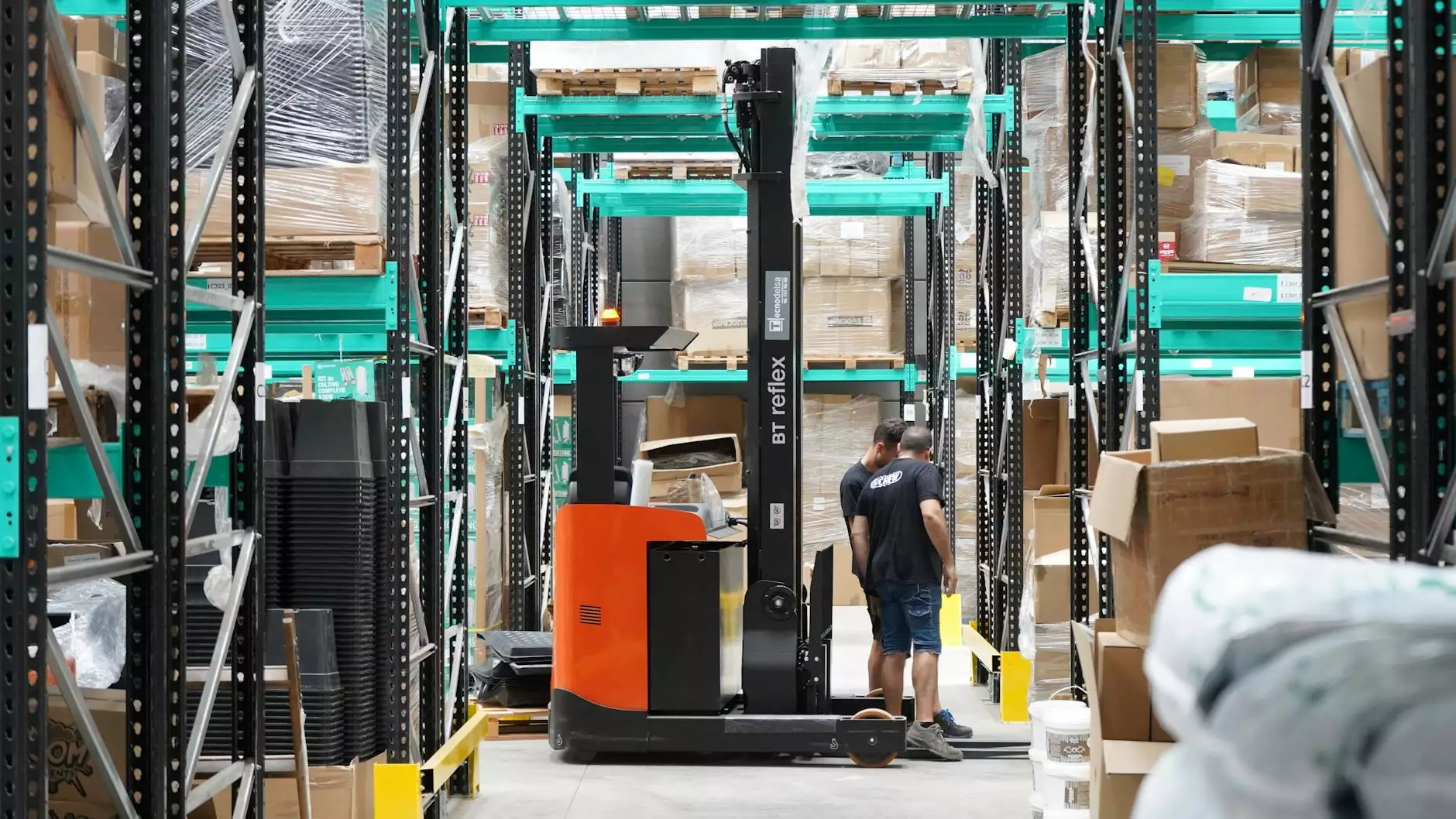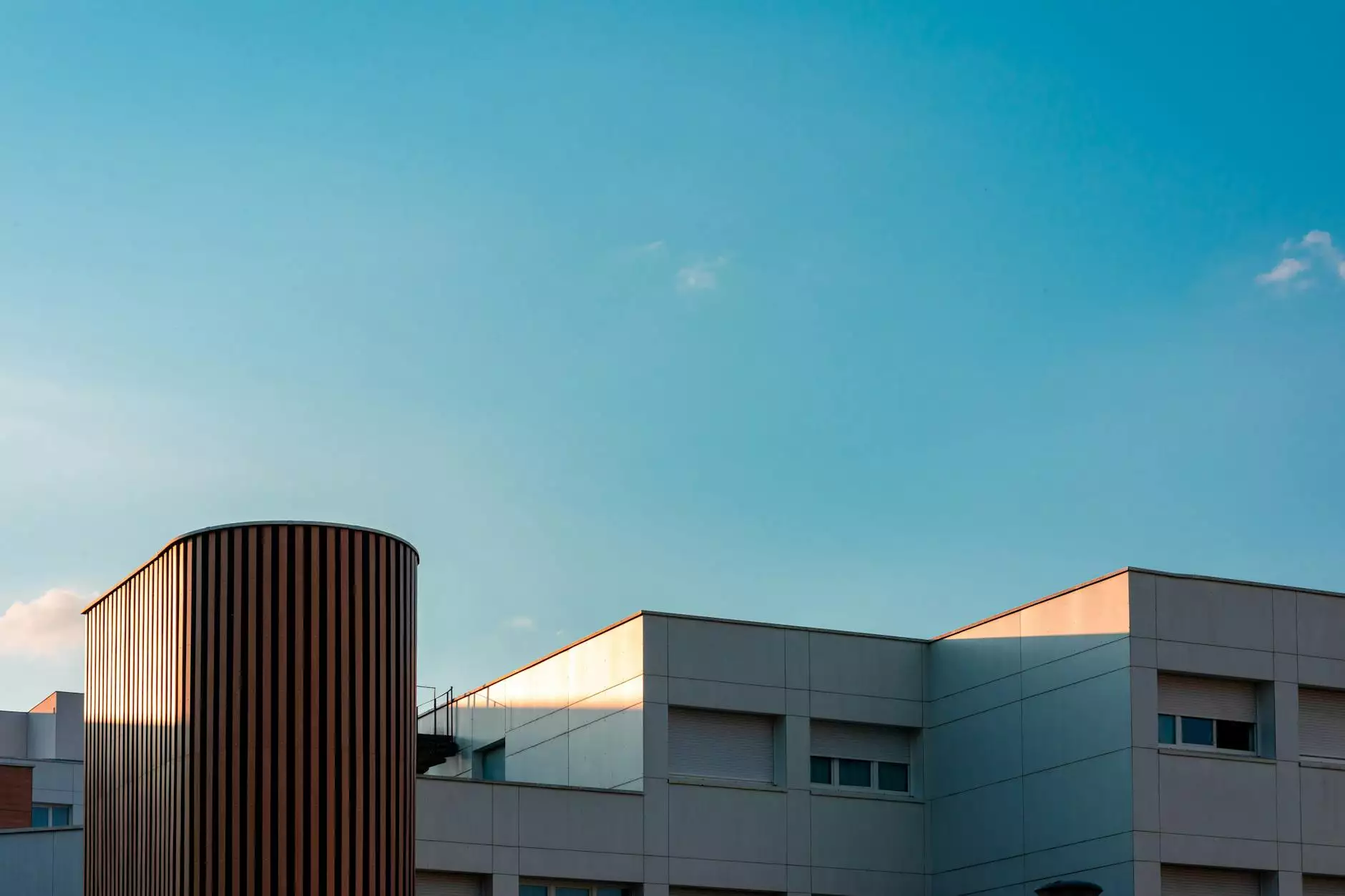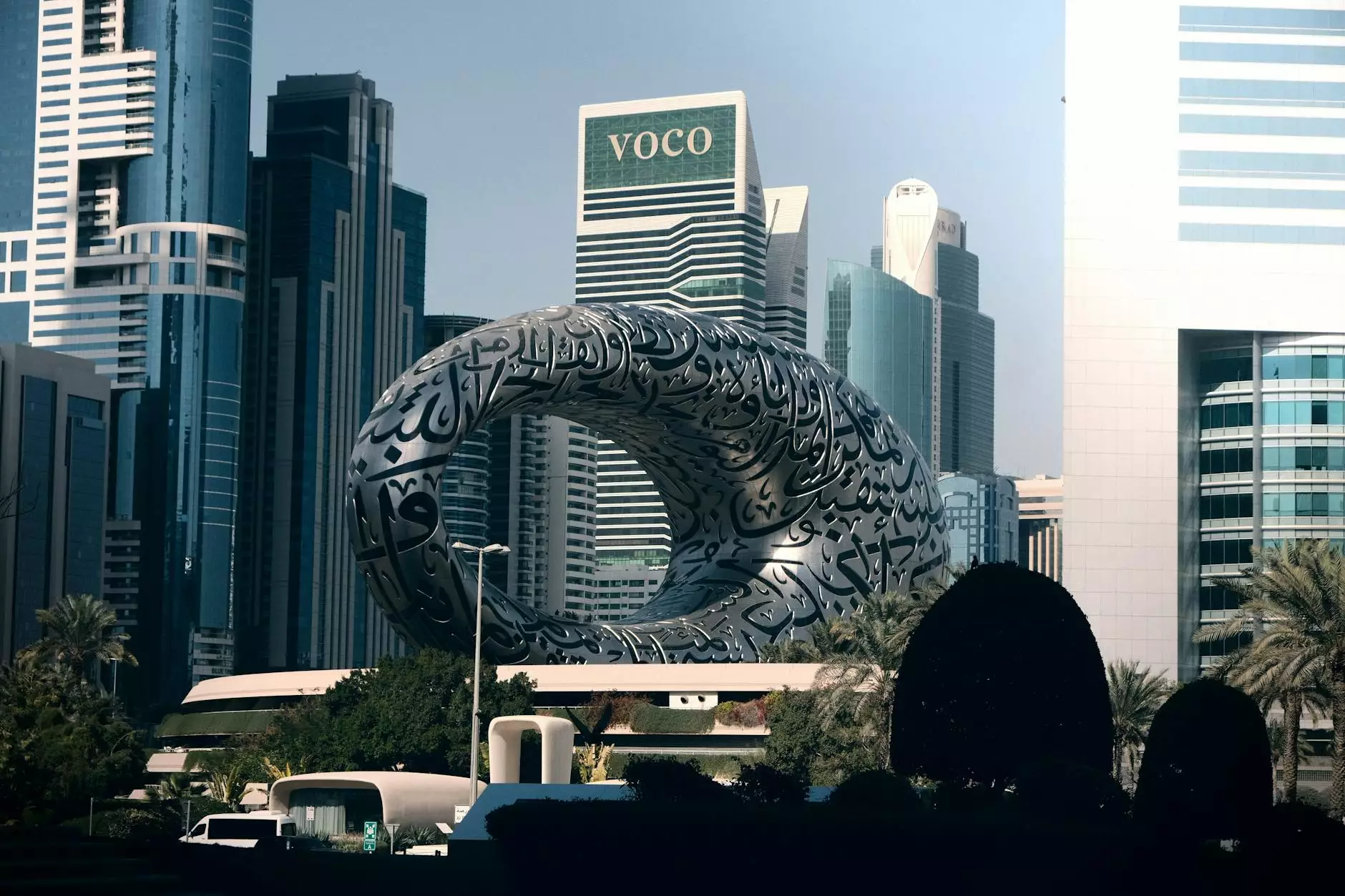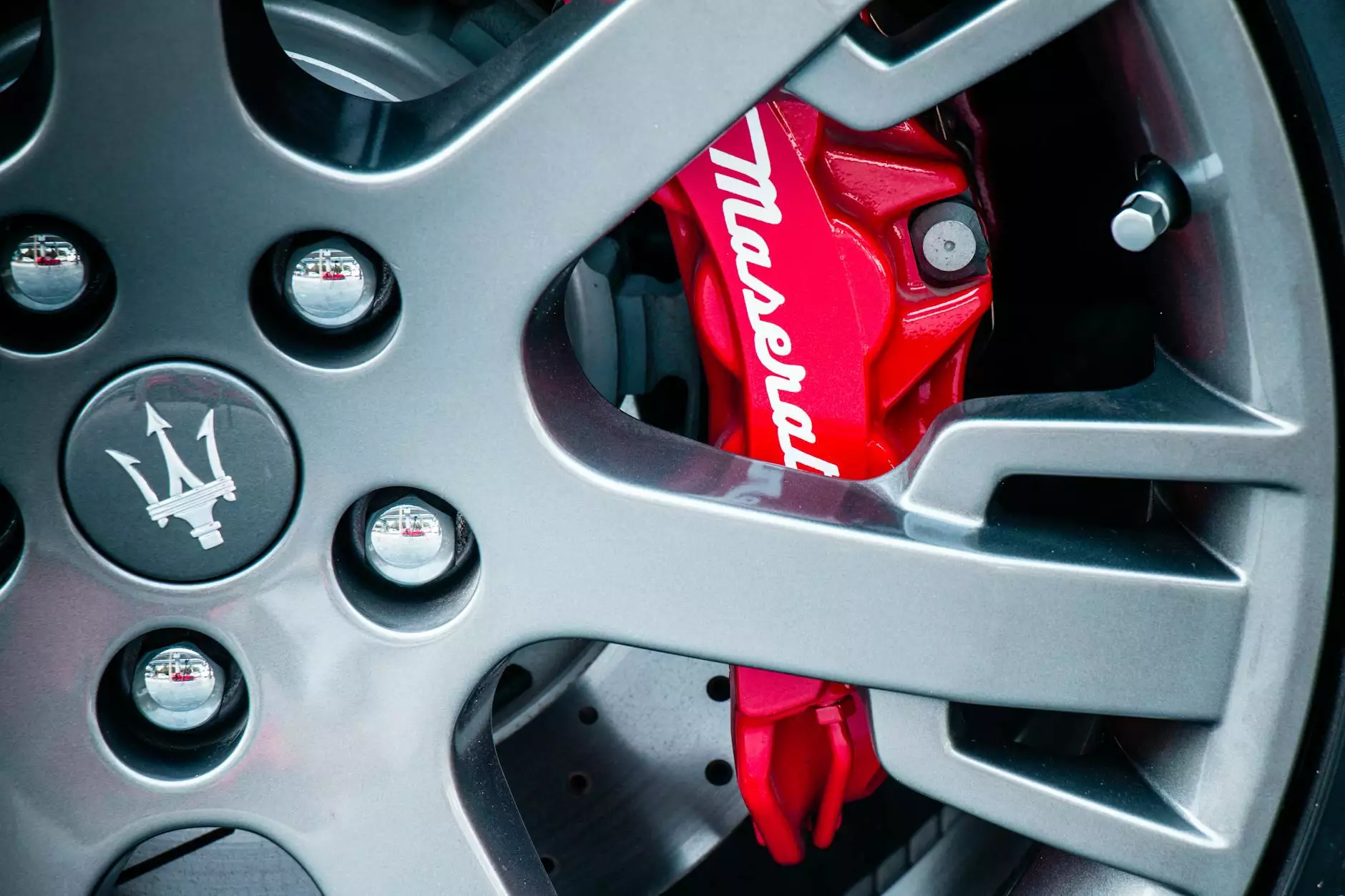The Museum of Moroccan Judaism: A Cultural and Historical Jewel

The Museum of Moroccan Judaism stands as a testament to the vibrant history and culture of Jewish communities that have flourished in Morocco for over two millennia. This remarkable institution not only serves as a museum but also as a cultural bridge, connecting different traditions and showcasing the harmonious coexistence of Judaism and Islam in Moroccan society. In this article, we will delve into the significance of the museum, its exhibits, and its role in modern Moroccan tourism.
A Brief History of Jews in Morocco
To fully appreciate the Museum of Moroccan Judaism, it is essential to understand the historical context of Jewish life in Morocco. The Jewish presence in the region dates back to the Phoenician era, with communities establishing themselves at key trade routes. Over centuries, various dynasties embraced Jewish residents, allowing them to thrive economically and socially.
By the 15th century, following the Spanish Inquisition, many Sephardic Jews sought refuge in Morocco, contributing richly to the cultural mosaic of the country. Moroccan Jews played significant roles in commerce, craftsmanship, and scholarship, influencing the economic and social landscape throughout history.
The Creation of the Museum
The Museum of Moroccan Judaism was inaugurated in 1997 in the city of Casablanca, becoming the first of its kind in the Arab world. Designed and established under the leadership of the Jewish community in Morocco, it aims to preserve and reveal the history, traditions, and contributions of Moroccan Jews. The museum also highlights the peaceful coexistence of different cultures within Moroccan society.
The Museum Exhibits
The museum houses a rich collection of artifacts and memorabilia that reflect the heritage of Moroccan Jewry. Visitors can explore various exhibits, each curated to cover specific aspects of Jewish life in Morocco. Key highlights include:
- Religious Artifacts: Observe ancient Torah scrolls, ritual objects, and ceremonial items showcasing Jewish religious practices.
- Cultural Exhibits: Discover traditional Jewish clothing, culinary traditions, and music that have shaped Jewish Moroccan culture.
- Historical Documents: View letters, photographs, and documents that chronicle the experiences of Jewish communities throughout Moroccan history.
- Art and Literature: Engage with works by renowned Jewish artists and authors who were influenced by their Moroccan heritage.
The Museum's Mission and Vision
The primary mission of the Museum of Moroccan Judaism is to foster understanding and appreciation for Jewish culture and history in Morocco. It offers educational programs, workshops, and guided tours, aiming to promote interfaith dialogue and societal cohesion. The museum also commits to preserving the memory and legacy of Moroccan Jews, ensuring that their contributions are recognized and celebrated.
Visiting the Museum: Practical Information
For anyone looking to explore the Museum of Moroccan Judaism, here is essential practical information:
Location and Accessibility
The museum is located in the vibrant city of Casablanca, making it easily accessible for both locals and tourists. The building itself is an architectural marvel, designed to create a serene atmosphere for visitors to immerse themselves in the exhibits.
Opening Hours
The museum is open from Monday to Friday, with varying hours:
- Monday to Thursday: 10:00 AM - 5:00 PM
- Friday: 10:00 AM - 3:00 PM
- Saturday and Sunday: Closed
Guided Tours
To enhance the experience, guided tours are available, which allow visitors to gain deeper insights into the exhibits. Tours can be arranged in multiple languages, catering to a diverse group of tourists.
The Museum's Role in Tourism
The Museum of Moroccan Judaism plays a crucial role in enhancing Morocco's tourism landscape. It attracts not only those interested in Jewish culture but also tourists keen to explore the intricacies of Moroccan history.
This unique focus on cultural diversity helps position Morocco as an inclusive travel destination. By incorporating historical sites like the museum into travel itineraries, tour operators, including moroccoclassictours.com, provide tourists with a rich narrative about Morocco's multicultural heritage.
Cultural Events and Community Engagement
Throughout the year, the museum hosts various cultural events, including lectures, art exhibitions, and live performances. These events not only celebrate Jewish culture but also encourage community participation and foster inter-communal dialogue.
The active engagement of the local community and educational institutions enriches the museum experience, encouraging a deeper understanding of Morocco's multicultural fabric. Visitors are often invited to participate in discussions and workshops that focus on shared histories and cultural practices.
Exploring More: Nearby Attractions
A visit to the Museum of Moroccan Judaism can be combined with a tour of other nearby attractions in Casablanca, making it a perfect day trip. Here are some suggestions:
- The Hassan II Mosque: One of the largest mosques in the world, located just a short drive from the museum.
- The Royal Palace: The stunning architecture and beautiful gardens make this a must-visit.
- The Old Medina: Wander through the historic alleys and experience the vibrant local market culture.
Conclusion: The Importance of Preserving Heritage
The Museum of Moroccan Judaism is much more than a display of artifacts; it is a vital institution that embodies the memory, culture, and history of Moroccan Jewry. As tourism continues to expand, the museum offers essential insights into the importance of preserving and respecting diverse cultural heritages. It serves as an exemplary model of how museums can function as platforms for education, dialogue, and bridge-building among different communities.
Therefore, as you plan your visit, consider the enriching experience the museum offers, and support the ongoing efforts to celebrate the cultural diversity that Morocco embodies.









